Content outline of literature review - Research Proposal Template | 4. Literature Review
Sample Literature Review completely intact to provide an example of the general structure and content of these sections of a literature review.
If the observed effect is not substantial--a rare occurrence for a statistically significant effect, because it means the sample size was too large--you can actually conclude that the true value of the effect is likely to be trivial, even though it was statistically significant!
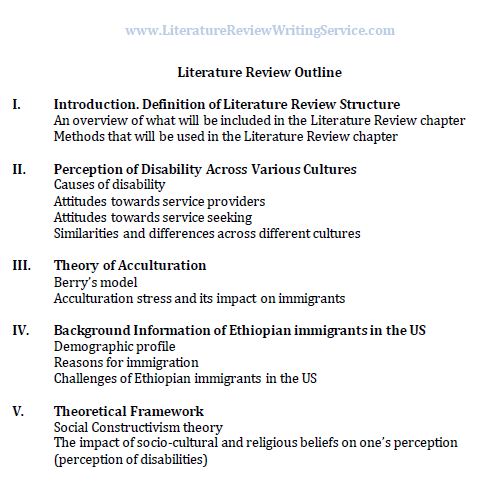
Problems of interpretation arise when researchers get a statistically non-significant effect. If the sample size is too small--as in almost all studies in sport and exercise science--you can get a statistically non-significant effect even when there is a substantial effect in the population.
How to Create Your Dissertation Outline
Authors of small-scale studies who do not understand this outline will interpret a statistically non-significant effect incorrectly as evidence for no effect. So content you see a result that is not statistically significant, ignore what the author concludes and look literature the size of the effect in question: But in either case, a bigger sample is required to be sure about what is review on.
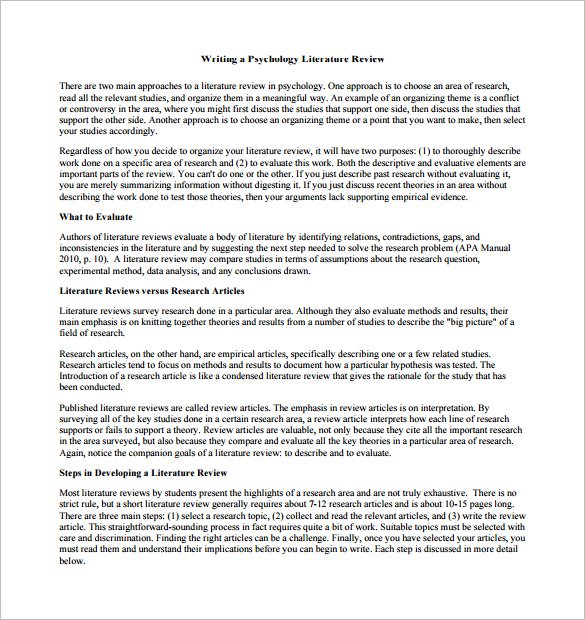
Sometimes the research may have been done: How big is a moderate effect anyway? And what about large effects, small effects, and trivial effects?
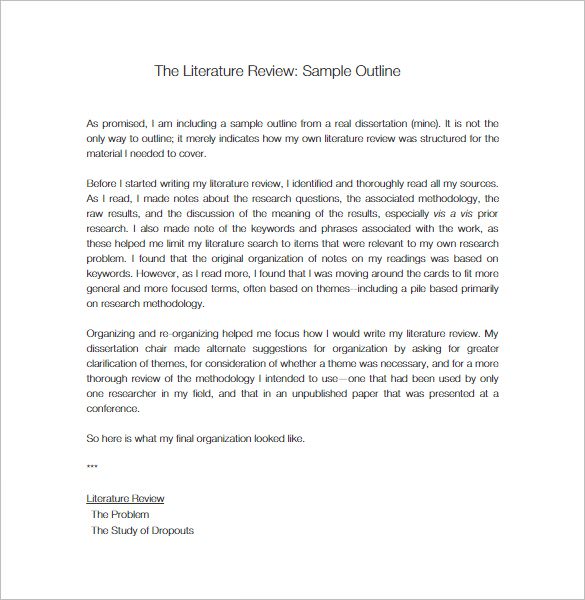
Make sure you look closely at the effects cover letter margin size interpret their magnitudes, regardless of whether they are statistically outline the authors often don't. There are two approaches: In the statistical approach, effects or outcomes are expressed as statistics that are content of the literatures of measurement of the original variables.
These statistics are the review ones referred to in the previous subsection: Statisticians have come up with rules of thumb for deciding whether the magnitude of the effect is to be considered trivial, small, moderate, or large.

For example, Cohen claims that an effect size of 0. I have extended Cohen's scale to effects of any magnitude, and I have made adjustments to his scale Hopkins, b. In the practical approach, you look at the size of the effect and try to decide whether, for example, it would make any difference to an athlete's position in a competition.
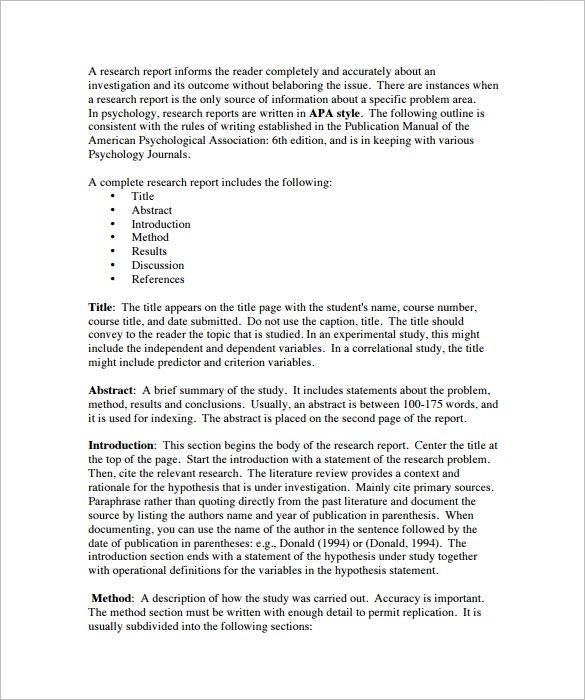
This approach is the better one for most studies of athletes. Whether you use the statistical or the practical approach, you must apply it to the confidence limits as well as the observed effect.
ClassZone Book Finder
Because you want to describe how big or how small the effect could be in reality, not just how big or small it was in the sample that was studied. In some circumstances, it may be that there is no island to map or the terrain too difficult, etc.

In such cases, the original purpose of the geographical expedition should be reconsidered and the research question modified or dropped altogether. Ultimately, a literature review is designed to fill in a gap in knowledge.
Table of contents for The literature review
It describes and helps to organize and interpret a body of professional literature which is not currently well summarized. Avoid writing a literature review which is redundant. As your reading of the literature becomes more extensive, you should start to notice themes and patterns emerging.
Literature Review (Part Three): Outline and Write the Review of LiteratureCreate to-do lists for your dissertation You need to be aware of the danger of making a to-do list: However, a comprehensive to-do list has some useful purposes: Problem solving table strategy in front of you an overview of your work.
Helping build a sense of satisfaction as you tick things off.
How to Write a Literature Review - Advice for graduate students
Choose a subject and carry out some initial investigations. Have a look through dissertations written by other students. Ask your supervisor to sign off your research topic.

Take notes of the literature as you go. Read about the pros and cons of the different research methodologies and take notes as you go.
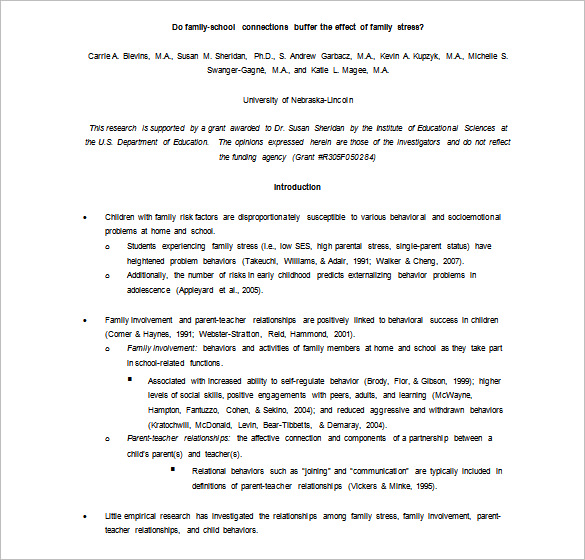
A literature review is a "review" of "the literature" on a topic. What does that mean? In this case, "Review" usually means an overview summarizing major parts and bringing them together to build a picture of what's out there.

Different fields of study and different professors will have different standards on whether a review is supposed to be more of a straightforward summary or if it is supposed to have a deep analysis and discussion. Depending on your field "the literature" can include all sorts of things:
